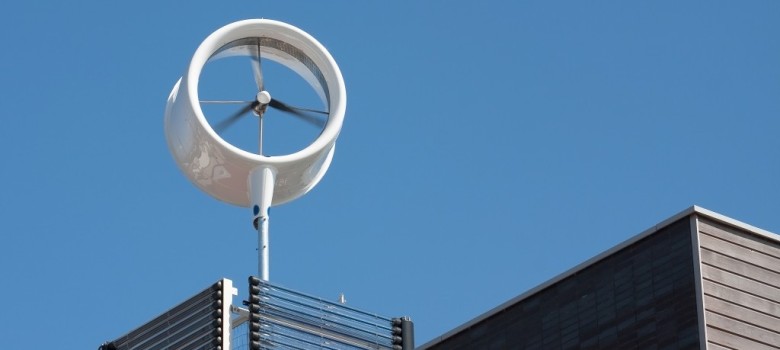
What are wind turbines?
Windmills (now in the form of wind turbines) have been used for millennia to convert the wind’s kinetic energy into mechanical energy. As early as 200 B.C., mechanical energy was used for specific tasks including grinding grain and pumping water. Nowadays, wind turbines harness kinetic energy from the air and convert it into electricity via a generator.
Much like solar PV installations, you can purchase a domestic wind turbine to supply as much or as little electricity as you want. If you are hoping to limit your dependence on the mains as much as possible, you will need a larger turbine, or multiple smaller turbines. If you are simply looking to produce enough electricity for a light in your garden shed, you can get away with a very small turbine.
Below we look at the different types of wind turbine system you can install in your property.
Battery-less grid tied systems
Battery-less grid tied systems are the simplest, most effective and most environmentally-friendly wind turbine systems. Their role is simple: to produce the most electricity possible to provide electricity for your home and also feed into the grid. Due to the availability of grants such as the feed-in tariffs in the UK, this type of system has grown enormously in popularity in recent years. In these installations, the home owner can effectively sell the surplus energy back to the utility company. There are no batteries in the system, so this removes a lot of the system complication and maintenance. The lack of batteries also makes it cheaper to install.
If your aim is to become completely unreliant on the grid, then you need to ensure the electricity produced by your battery-less grid tied system is in excess of your total electricity usage for the year. However, this system should suit most budgets, because it will reduce reliance on the energy companies, by significantly reducing your bills. If you cannot produce all your electricity, the shortfall is simply made up with electricity from the grid.
There is one major drawback with this setup, and that is that if there is a electrical power cut then you will have no power for your home, because the inverter your energy goes through is connected to mains power, so you may require a generator (powered by diesel or oil) as a back-up policy.
Grid-tied system with battery backup
This is essentially the same as the grid-tied system above, but has a bank of batteries which means that if there is a grid power cut, the inverter can still get the electricity it requires to operate, so the installation will keep providing you with electricity. The constraints of this system are primarily associated with the batteries, which are expensive and require regular maintenance. Finally, add extra inefficiency into the system (ranging from 5 – 40%) and this is added to the constraint side.
Off-grid systems
This system has no connection at all to the grid, relying instead on batteries to operate if no wind is blowing. However if the capacity of these batteries is too low, then you could be without any power for a prolonged period of time. Having a system off-grid presents an ideal situation as you become completely independent from the grid, and you produce all the electricity you need. However, this type of system tends to be the most expensive and also is maintenance-heavy. If you have a garden shed that needs lighting then this system can work out relatively cheaply, but as soon as you are looking to upscale then it becomes very expensive.
In the next section we look at the components that you need for a successful wind turbine installation.
Benefits
- Wind turbines allow you to produce 100% clean, free electricity.
Limitations
- Wind turbines can be considered a bit of an eyesore and often have to be limited to rural areas.
Cost
- Entirely dependent on the size of the wind turbine, from £1k – £10k.



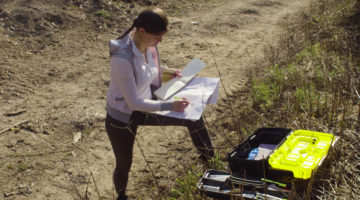
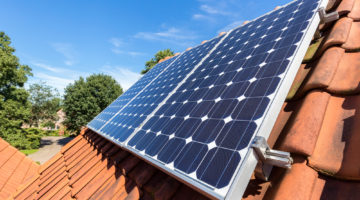
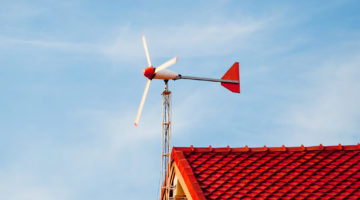
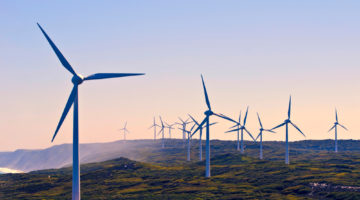





Windstalks and the physics involved look like acceptable generators of electricity. Turbines without blades. Man has to be responsible for himself don’t you agree? FIT is not the only way, there has to be a mathematical formula to help in comparing the costs of inaction with the costs of action and then only from there can we produce a movement that is truly innovative.
It is high time we harnessed the power of the wind properly. Cancel planning restrictions for small systems in remote rural areas up to 250 kW for stand alone units. This would be efficient, clean and green. How can anyone find fault with that?
It does not have to be expensive to have an off grid stand alone system. You just have to do your research and understand certain limitations. We live extremely comfortably in a tiny off grid house in the NW Highlands with only 6 PV panels providing all our electricity. The whole system including inverter and batteries cost less than £4000 – considerably less than hooking up to the grid. We may add a micro hydro or wind turbine – but living off grid need not be expensive. Our heat comes from wood stoves (the house is highly insulated) oven cooking & water heating from LPG gas – however we plan to use excess or ‘dumped’ power to heat water in the future. It is possible and affordable, just live simpler, I assure you it’s worth it!